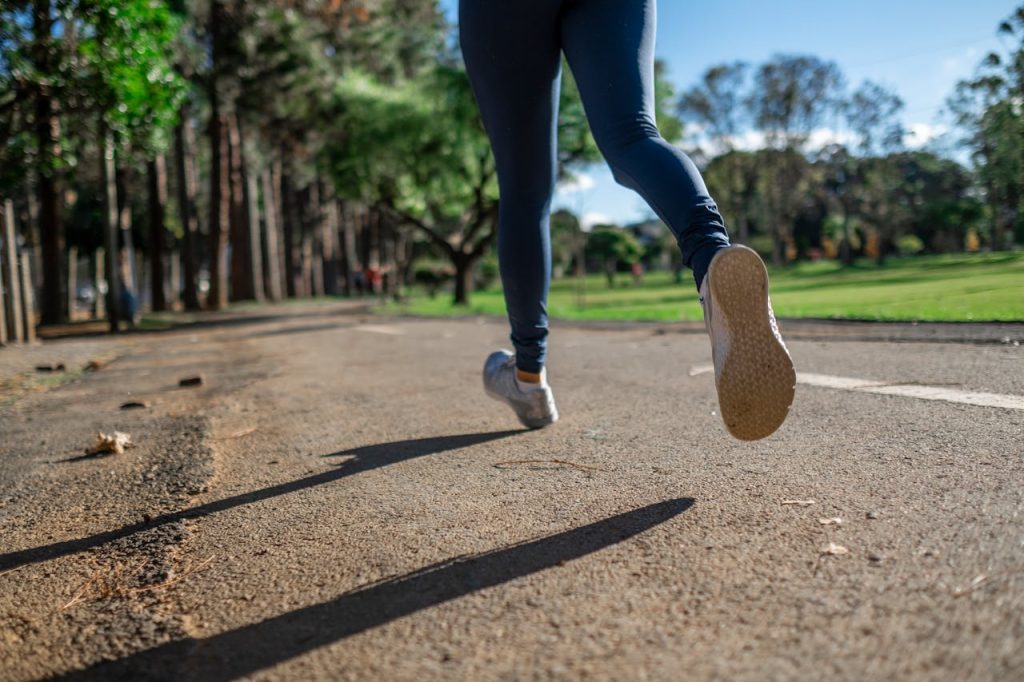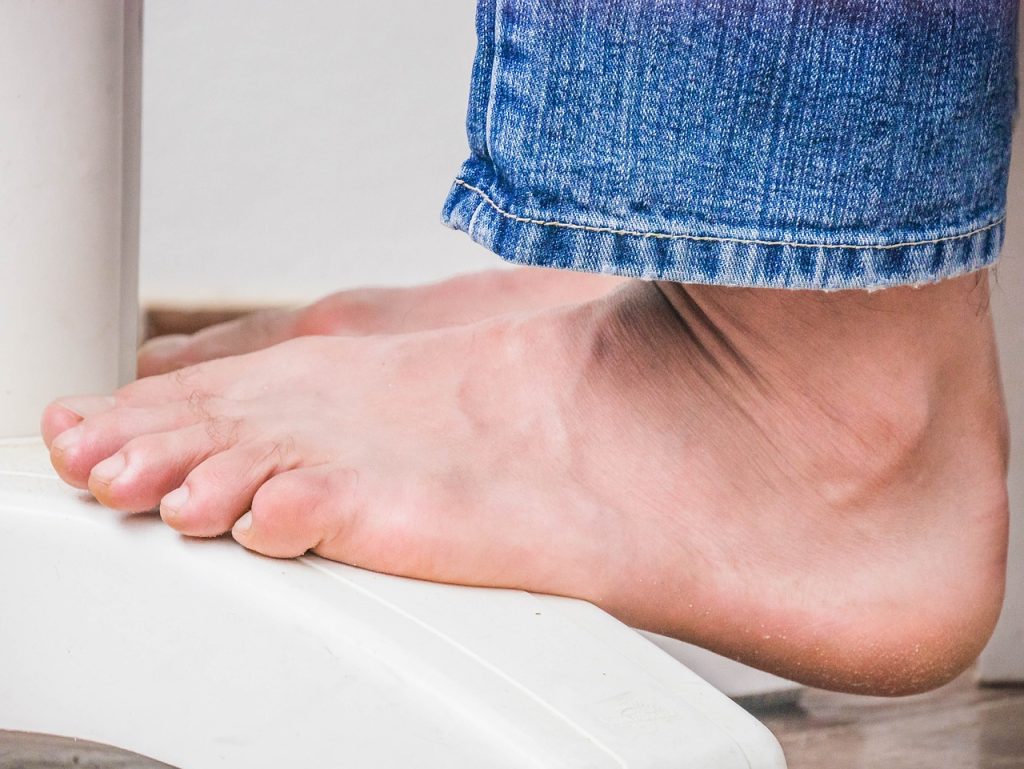Orthotics are customized shoe inserts or devices designed to support, align, or improve the foot, ankle, and lower extremity function. They are frequently used to correct biomechanical issues that affect mobility, comfort, and posture. Whether you’re an athlete, someone suffering from chronic foot pain, or an individual with specific medical conditions like diabetes, orthotics can significantly improve mobility and overall quality of life.
In this article, we will explore in detail why orthotics are essential for improving mobility, diving deep into their functions, benefits, and how they influence different aspects of movement and health. This discussion will provide a comprehensive understanding of how these devices can assist people in leading an active, pain-free lifestyle.
1. Correcting Biomechanical Imbalances
One of the most important reasons orthotics are essential for improving mobility is their ability to correct biomechanical imbalances. Biomechanics refers to how your body moves and any misalignment or dysfunction in the feet can affect the entire musculoskeletal system. Common biomechanical issues include flat feet, overpronation (the foot rolling inward excessively), and supination (the foot rolling outward too much). These issues can lead to improper movement patterns that stress the joints and muscles.
How Orthotics Help: Custom orthotics are tailored to fit the unique contours of your feet, helping to realign the foot and ankle into an optimal position. By addressing these misalignments, orthotics improve the overall function of the lower limbs, allowing you to move more efficiently. When your foot mechanics are correct, it reduces stress on other parts of your body, such as your knees, hips, and lower back, preventing further complications and pain. With better alignment, mobility is naturally improved as you can walk, run, or engage in other activities more comfortably.
2. Reducing Foot Pain
Chronic foot pain can severely limit a person’s mobility, making even simple activities like walking or standing unbearable. Conditions like plantar fasciitis, heel spurs, bunions, and arthritis are common causes of foot pain. Orthotics can provide relief by offering the necessary support and cushioning to reduce pressure on painful areas of the foot.
How Orthotics Help: For conditions like plantar fasciitis, where inflammation of the tissue connecting the heel to the toes causes sharp heel pain, orthotics can provide targeted arch support that eases tension on the plantar fascia. For people with heel spurs or bunions, orthotics offer padding that minimizes irritation. By alleviating foot pain, orthotics enhance mobility, allowing individuals to be more active and comfortable in their daily lives.
3. Improving Posture
Your feet from the foundation of your body’s posture. When there are issues with your feet, such as flat arches or unequal leg length, it can cause a domino effect that alters the alignment of your entire body. Poor foot mechanics can lead to imbalances in posture, which may result in pain in the lower back, hips, knees, and neck. This pain often restricts mobility.
How Orthotics Help: Custom orthotics can correct these foundational issues by realigning the feet and lower limbs, which in turn improves overall posture. For example, orthotics for flat feet can help lift the arch, creating a more neutral and balanced stance. With better posture, the body’s weight is distributed more evenly, reducing strain on muscles and joints. Improved posture leads to more efficient movement, better balance, and enhanced mobility. When your posture is aligned, you’re less likely to experience fatigue and discomfort while walking or standing for long periods.
4. Enhancing Athletic Performance
Athletes, in particular, benefit from orthotics because they demand high levels of physical activity that put immense stress on their feet, ankles, and legs. Whether running, jumping, or cycling, proper foot mechanics are critical for optimal performance and injury prevention. If an athlete’s foot alignment is off, it can lead to inefficiency in movement, fatigue, and a higher risk of injury.
How Orthotics Help: Orthotics designed for athletes are often lightweight and provide specific support where needed, helping to optimize movement patterns and reduce strain. By promoting proper foot function, orthotics can enhance an athlete’s performance, improving their speed, endurance, and agility. Additionally, orthotics can help athletes recover from or prevent common injuries, such as shin splints, Achilles tendinitis, and stress fractures, all of which can hinder mobility.
5. Preventing and Managing Injuries
Orthotics are essential in both preventing and managing injuries that can impact mobility. Poor foot mechanics can contribute to overuse injuries in the muscles and joints of the feet and legs. For example, overpronation or supination can lead to ankle sprains, stress fractures, or even knee injuries. Additionally, orthotics are often prescribed for individuals recovering from injuries to help them regain mobility safely.
How Orthotics Help: Orthotics provide the necessary support to correct faulty movement patterns that may cause or exacerbate injuries. By improving foot and ankle stability, orthotics reduce the risk of injury. For individuals recovering from injuries, custom orthotics can help offload pressure from the injured area, enabling them to move without pain and without putting additional strain on the healing tissue. This leads to quicker recovery times and helps people regain full mobility.

6. Reducing Pressure on Joints
Chronic joint conditions like arthritis can significantly impair mobility, especially in the knees, hips, and lower back. These areas often bear the brunt of improper foot mechanics, with the excess pressure leading to pain and inflammation. Over time, this can contribute to a loss of joint mobility and range of motion, making movement difficult and uncomfortable.
How Orthotics Help: Custom orthotics help distribute weight more evenly across the feet, reducing pressure on the joints. This can be particularly beneficial for people with arthritis or other degenerative joint conditions. Orthotics also absorb shock during movement, minimizing the impact on the knees, hips, and lower back. By decreasing joint strain and promoting more fluid, natural movement, orthotics help to preserve joint function and improve overall mobility.
7. Providing Relief for Diabetic Foot Complications
People with diabetes are at risk for a variety of foot complications due to reduced circulation and nerve damage (neuropathy). This can lead to ulcers, infections, and even amputation if not properly managed. Diabetic foot problems can be painful and greatly limit mobility, making daily activities challenging.
How Orthotics Help: Specially designed diabetic orthotics help alleviate pressure points, reduce friction, and improve overall foot health. They are typically made from soft, cushioned materials that protect sensitive areas of the foot. Orthotics can also help redistribute weight, preventing sores and ulcers from developing. For diabetics, using orthotics is a proactive step toward maintaining mobility and preventing serious complications that could lead to long-term immobility
8. Improving Balance and Stability
Balance is essential for mobility, especially as we age. Many individuals experience a decline in balance and coordination as they get older, which can lead to falls and injuries. In addition, certain medical conditions such as stroke or multiple sclerosis may impair balance and stability, making it difficult to walk or perform everyday tasks.
How Orthotics Help: Orthotics can improve balance by providing a stable foundation for the feet. They help to correct foot alignment and ensure that the weight is distributed evenly, which is critical for maintaining balance. For individuals with neurological conditions or elderly patients, orthotics can enhance stability and reduce the risk of falls. With improved balance, mobility becomes safer and more efficient, allowing individuals to maintain independence and an active lifestyle.
9. Alleviating Lower Back Pain
Lower back pain is a common problem that can severely impact mobility. Many people may not realize that foot mechanics are directly linked to lower back health. When the feet are not functioning properly—due to flat arches, misalignments, or other conditions—it can cause the body to compensate, leading to poor posture and abnormal walking patterns. These compensations place additional stress on the lower back.
How Orthotics Help: Custom orthotics can correct the root cause of lower back pain by addressing foot and lower limb imbalances. With proper support, the feet and legs work in harmony, reducing the strain on the lower back. By alleviating this pain, orthotics allow individuals to move more freely and without discomfort. As a result, people with chronic lower back pain can experience enhanced mobility and a better quality of life.
10. Accommodating Unique Foot Structures
Everyone’s feet are different, and some people may have unique foot structures or conditions that require special accommodations. For example, individuals with high arches may experience excessive pressure on the ball and heel of the foot, while those with flat feet may have little to no arch support. These structural differences can lead to pain and mobility issues if not properly addressed.
How Orthotics Help: Custom orthotics are designed to accommodate a wide range of foot structures, offering personalized support and cushioning where it’s needed most. For individuals with high arches, orthotics can provide additional shock absorption, reducing stress on the heel and forefoot. For those with flat feet, orthotics can offer arch support that helps distribute weight more evenly. By addressing these unique structural needs, orthotics can significantly enhance mobility, allowing individuals to walk, run, and move more comfortably.
Conclusion
Orthotics play a crucial role in improving mobility by addressing the root causes of foot, ankle, and lower limb issues. Whether it’s correcting biomechanical imbalances, reducing foot pain, improving posture, or preventing injuries, orthotics provide essential support that enhances overall movement and quality of life. They cater to a wide variety of needs—from athletes looking to boost performance to individuals with chronic conditions seeking relief from pain. By investing in custom orthotics, people can take proactive steps.
Enhance Mobility With Custom Orthotics From The Shoe Doctor!
Are you struggling with mobility issues that affect your daily life? Regaining your freedom of movement is essential, and custom orthotics tailored specifically to your needs can be the solution. These personalized orthotics not only enhance mobility but also improve your posture and overall well-being.
At The Shoe Doctor, we bring over twenty years of expertise in crafting custom orthotics designed to improve mobility. Our mission is to provide orthotics that enhance movement, offer essential support, and improve stability with every step.
Russell, our dedicated specialist, ensures that your orthotics are perfectly fitted to your feet using precise 3D foot mappings and state-of-the-art technology. By partnering with the Spine & Injury Medical Center in San Jose, California, we adopt a holistic approach to address mobility challenges comprehensively.
Ready to enhance your mobility? If you’re in the South San Francisco Bay Area, The Shoe Doctor is your go-to destination for custom orthotics designed to improve mobility and enhance your quality of life. Begin your journey to better movement with a complimentary initial consultation.
Don’t wait—schedule your consultation today and experience the benefits of custom orthotics with The Shoe Doctor!
Disclaimer
The materials available on this website are for informational and entertainment purposes only and not to provide medical advice. You should contact your doctor to obtain advice concerning any particular issue or problem. You should not act or refrain from acting based on any content included in this site without seeking medical or other professional advice. The information presented on this website may not reflect the most current medical developments. No action should be taken in reliance on the information contained on this website and we disclaim all liability for actions taken or not taken based on any or all of the contents of this site to the fullest extent permitted by law.


